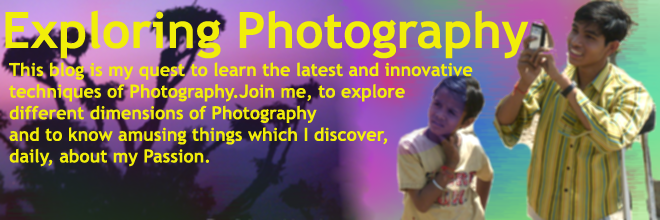About Chris Orwig
Chris Orwig is a celebrated photographer, author and teacher. He is on the photography faculty at the Brooks Institute in Santa Barbara, CA and he is the author of numerous best-selling books. More importantly, Chris brings unique perspective, creativity and passion to all that he does. As a photographer, he subscribes to Marc Riboud's observation that "Photography is about savoring life at 1/100th of a second." For Chris the adventure is now, and the journey has already begun -- discover, look, listen, learn and live. Via : YouTube
Video after Break:



















